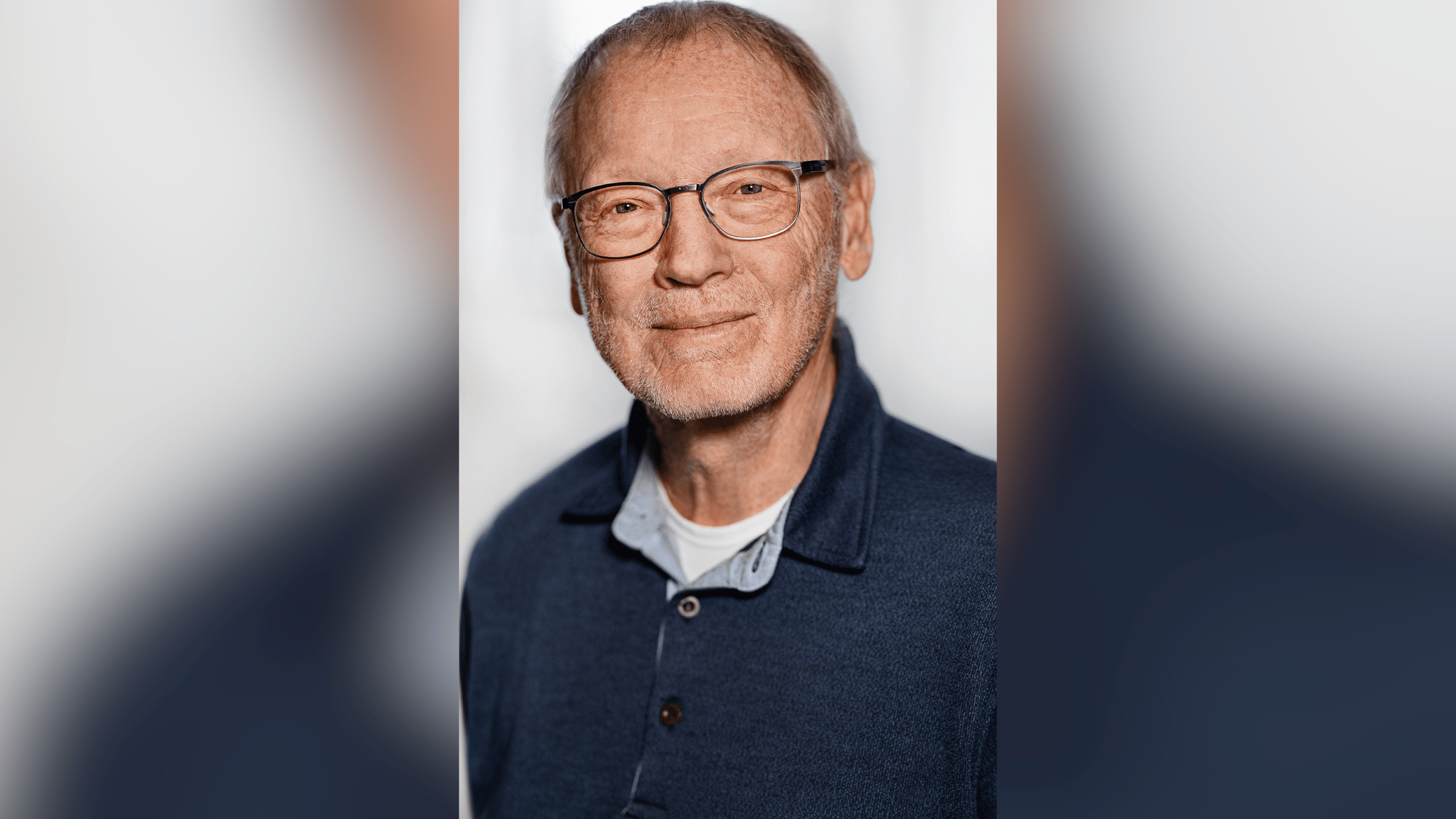When you purchase through links on our site , we may earn an affiliate commission . Here ’s how it works .
Two scientists who discovered the developmental clock could be turned back in ripe cells , transforming them into immature cells with the ability to become any tissue in the soundbox — pluripotent root word cells — are being honored with theNobel Prizein Physiology or Medicine .
TheNobel Prizehonoring Sir John B. Gurdon and Shinya Yamanaka was announced today ( Oct. 8) by the Royal Swedish Academy of Sciences .

human stem cells
Th duo ’s work bring out what scientist had thought insufferable . Just after conception , an embryo contains immature cells that can give rise to any cell type — such as nerve , muscle and liver cell — in the grownup organism ; these are called pluripotent base cellular phone , and scientists conceive once these shank electric cell become specialised to carry out a specific soundbox undertaking there was no turning back .
Gurdon , now at the Gurdon Institute in Cambridge , England , find this was n’t the grammatical case when in 1962 he replaced the core of a toad ’s eggs cell with the core taken from a fledged intestinal cell from a tadpole . And voila , the neutered frog testis develop into a tadpole , suggesting the mature nucleus hold the instruction needed to become all cells in the frog , as if it were a unseasoned unspecialized mobile phone . In fact , later experiment using nuclear transfer have producedcloned mammals . [ 5 Amazing Stem Cell Discoveries ]
Then in 2006 , Yamanaka , who was born in 1962 when Gurdon reported his discovery and is now at Kyoto University , genetically reprogrammed mature skin cells in mice to become unfledged cells able to become any cell in the adult mice , which he named get pluripotent prow cells ( iPS ) . scientist can now derive such induced pluripotent stem cell from adult nerve , meat and liver cells , allowing young ways to study diseases .

When Yamanaka received the call from Stockholm about his award , he was doing housework , according to an interview with the Nobel Prize web site . " It is a tremendous accolade to me , " Yamanaka said during that interview .
As for his hopes for mankind with regard to stem cells , he said , " My destination , all my liveliness , is to lend this engineering science , stem cell technology , to the bedside , to patients , to clinics . " He added that the first clinical trial of IP jail cell will begin next year .

















